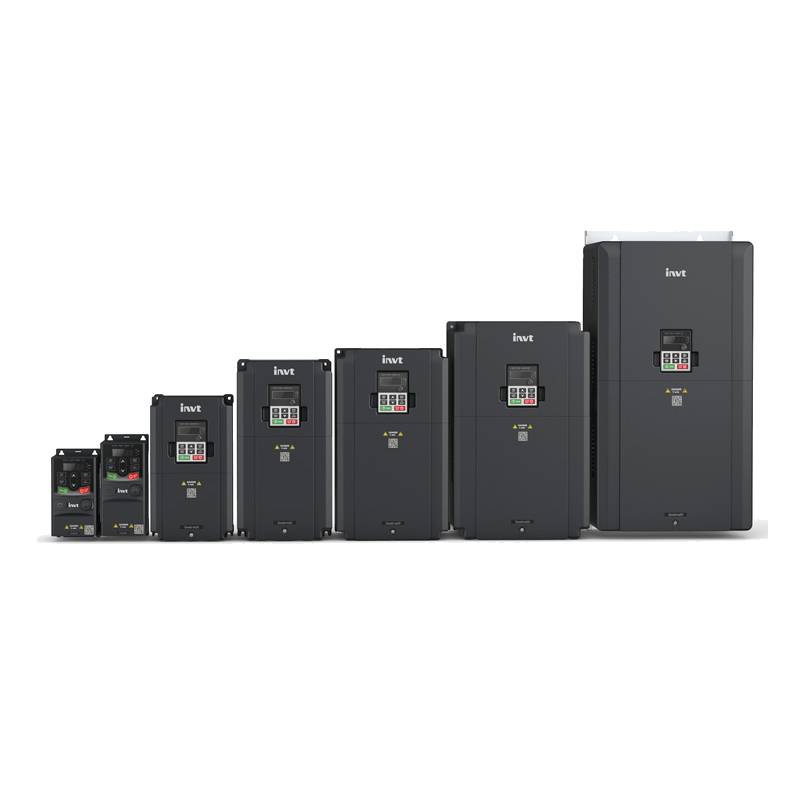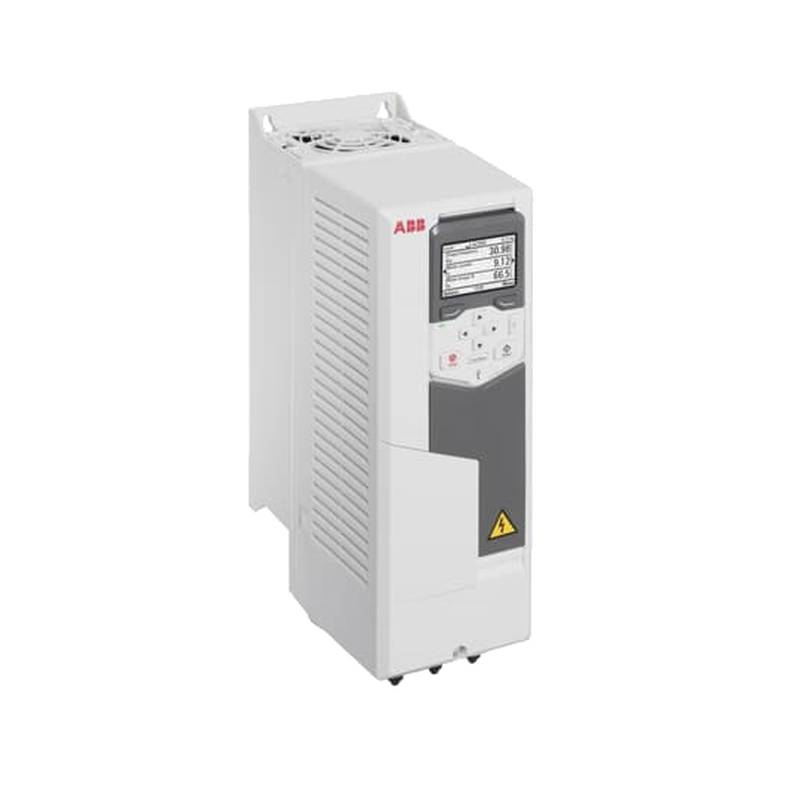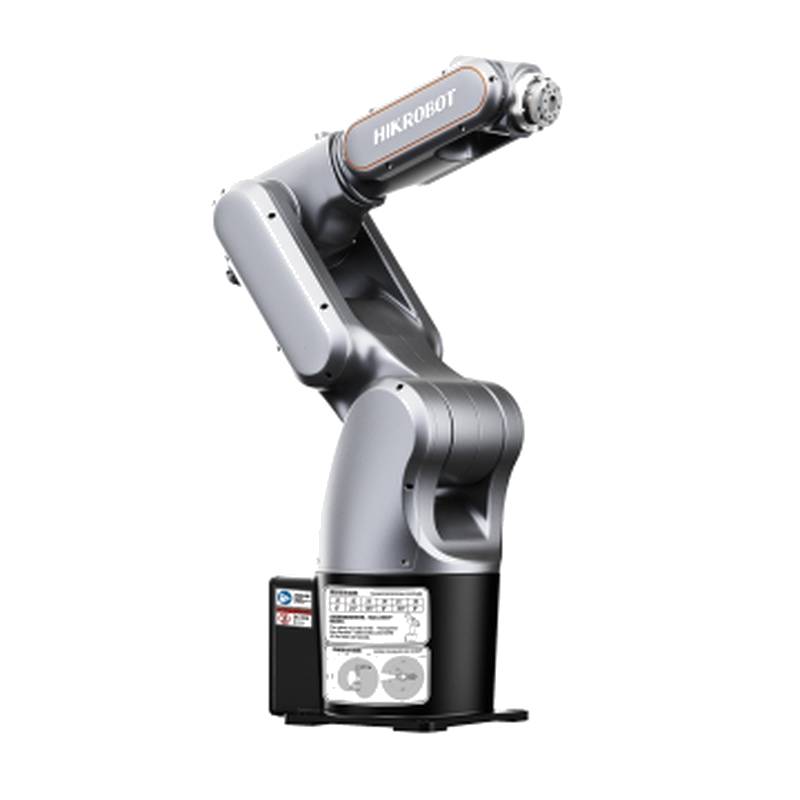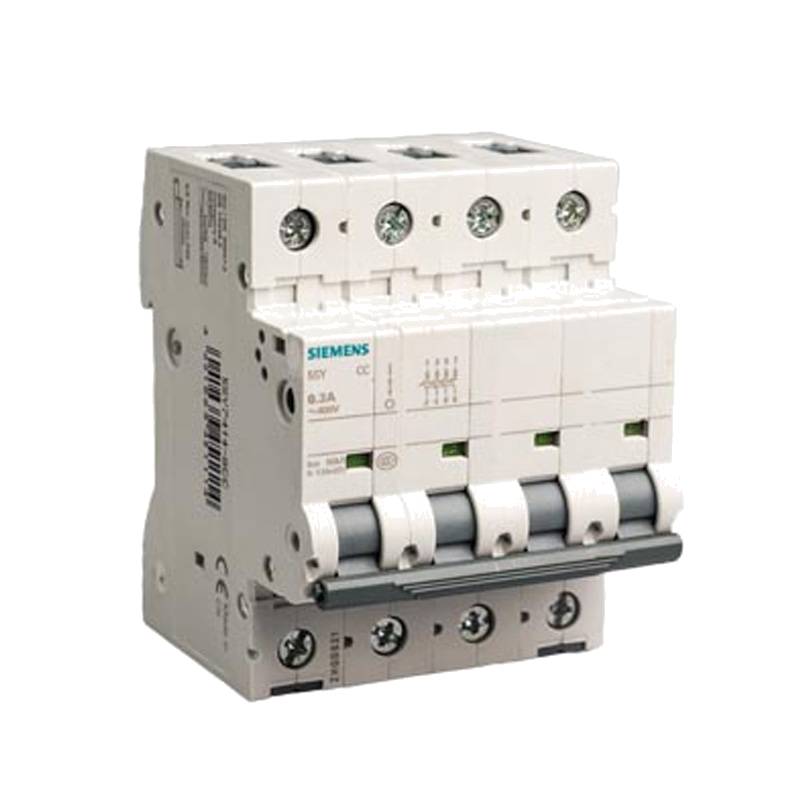
The SIMPHOENIX DL100-4T0055B frequency converter is engineered for demanding high inertia load applications, delivering exceptional performance and precise control for a 5.5kW motor. This advanced drive distinguishes itself with a robust design, sophisticated control algorithms, and user-friendly operation, making it a premier choice for industries requiring reliable and efficient motor management. Key advantages include its superior starting torque capability, precise speed regulation even under fluctuating loads, and comprehensive protection features designed to extend equipment lifespan and minimize downtime. With a rated power of 5.5kW and supporting a 400V three-phase input, the DL100-4T0055B is optimized for heavy-duty applications where smooth acceleration and deceleration are paramount. Its advanced vector control ensures optimal motor performance across a wide speed range, crucial for applications involving pumps, fans, extruders, and material handling systems with high inertia.
Product Specifications
| Parameter | Value |
| :-------------------- | :---------------------------------- |
| Model | DL100-4T0055B |
| Rated Power | 5.5 kW |
| Input Voltage | 400V (Three-Phase) |
| Output Voltage | 0-400V (Adjustable) |
| Control Method | Sensorless Vector Control, V/f |
| Output Frequency | 0-600 Hz |
| Overload Capacity | 150% for 60s, 180% for 10s |
| Protection Features | Overcurrent, Overvoltage, Undervoltage, Overtemperature, Phase Loss, etc. |
| Dimensions (H x W x D) | [Specific Dimensions if available] |
| Mounting Type | Wall Mount / DIN Rail |
Core Features & Market Positioning
The SIMPHOENIX DL100-4T0055B positions itself as a high-performance solution for high inertia loads, differentiating through its advanced sensorless vector control algorithm. This technology provides excellent torque response and accuracy, comparable to closed-loop vector control, without the need for motor encoders. This simplifies installation and reduces overall system cost, a significant competitive advantage. The converter’s robust overload capability, rated at 150% for 60 seconds and 180% for 10 seconds, is critical for applications that experience high inrush currents during startup, common with high inertia loads like large fans or centrifuges. Market analysis indicates a strong demand for drives that offer energy efficiency and enhanced control precision; the DL100-4T0055B directly addresses these needs, making it a compelling option for industries seeking to optimize operational costs and equipment longevity.
Key Application Scenarios
The inherent capabilities of the SIMPHOENIX DL100-4T0055B make it ideally suited for a wide array of industrial applications involving high inertia loads. Its robust starting torque and precise speed control are indispensable for large centrifugal pumps and fans in HVAC systems, water treatment plants, and power generation facilities. In the plastics and rubber industry, it excels in driving extruders, mixers, and injection molding machines, where smooth acceleration and consistent process speeds are vital for product quality. Material handling systems, such as conveyors, elevators, and large cranes, also benefit significantly from the DL100-4T0055B's ability to manage heavy loads and provide controlled starts and stops. Furthermore, its adaptability extends to machine tools and textile machinery, where precise speed regulation is essential for intricate operations.
Practical System Integration Guidance
Integrating the SIMPHOENIX DL100-4T0055B into existing systems is streamlined by its user-friendly design and comprehensive connectivity options. Proper wiring is critical for safe and efficient operation; ensure the input power supply is correctly connected to terminals L1, L2, and L3, and the motor is connected to terminals T1, T2, and T3, adhering to the specified voltage and frequency ratings. For optimal performance with high inertia loads, parameter configuration is key. It is recommended to adjust acceleration and deceleration times (parameters like Accel. Time 1 and Decel. Time 1) to match the load's inertia, preventing mechanical stress and ensuring smooth transitions. Utilize the advanced V/f control or sensorless vector control settings based on application requirements for precise speed and torque management. Always ensure adequate ventilation around the drive to prevent overheating, especially in enclosed control cabinets.
Operation and Risk Mitigation
Safe and effective operation of the SIMPHOENIX DL100-4T0055B frequency converter hinges on understanding its protection mechanisms and potential fault conditions. The unit incorporates numerous built-in protections, including overcurrent, overvoltage, undervoltage, motor overtemperature, and phase loss detection, which automatically safeguard the drive and connected motor against damage. In the event of a fault, the drive will display a specific error code on its control panel, allowing for quick diagnosis. For instance, an "Overload Fault" (often indicated by code F01 or similar) suggests the motor is drawing too much current, which could be due to an oversized load, insufficient motor cooling, or incorrect parameter settings for acceleration. To mitigate risks, regularly inspect motor and drive connections, ensure proper cooling, and perform periodic parameter checks. Adherence to local electrical codes and professional installation are paramount for long-term reliability and safety.
Scalability & Long-Term Value
The SIMPHOENIX DL100-4T0055B offers considerable scalability and long-term value, particularly in dynamic industrial environments. Its compatibility with standard industrial communication protocols (e.g., Modbus RTU, if supported) allows for seamless integration into existing Supervisory Control and Data Acquisition (SCADA) systems and Programmable Logic Controllers (PLCs), facilitating remote monitoring, control, and diagnostics. This integration capability is essential for building smart factory solutions and implementing Industrial Internet of Things (IIoT) strategies. Furthermore, SIMPHOENIX drives are often designed with firmware update capabilities, allowing users to benefit from performance enhancements and new features over the product's lifecycle, thus preserving the investment and ensuring future relevance. The robust construction and comprehensive protection features also contribute to extended operational life, reducing the total cost of ownership.
Frequently Asked Questions
What is the primary advantage of the SIMPHOENIX DL100-4T0055B for high inertia loads?
Its advanced sensorless vector control provides exceptional starting torque and precise speed regulation. This ensures smooth acceleration and deceleration, crucial for loads that resist rapid changes in speed. The drive minimizes mechanical stress during startup and operation.
This control capability directly translates to enhanced efficiency and reduced wear on machinery. It allows the motor to operate at optimal performance levels even when facing significant resistance.
The ability to achieve high torque at low speeds without encoders simplifies system design and reduces overall costs, making it an economically viable solution for demanding applications.
How do I correctly wire the SIMPHOENIX DL100-4T0055B for a 5.5kW motor?
Connect the incoming 400V three-phase power supply to terminals L1, L2, and L3. Ensure correct phasing to avoid operational issues. The three-phase motor leads should be connected to terminals T1, T2, and T3 of the output.
Always disconnect power before making any wiring connections. Ground the drive and motor properly according to electrical codes to ensure safety and prevent electrical noise interference.
Double-check all connections for tightness and correctness before applying power. Incorrect wiring can lead to drive faults, motor damage, or safety hazards.
What are the typical error codes and how can I troubleshoot them?
Common error codes include Overload (F01), Overvoltage (F02), and Overtemperature (F03). An overload fault typically indicates the motor is drawing too much current.
Troubleshooting an overload involves checking motor load, verifying parameter settings for acceleration and deceleration times, and ensuring adequate motor cooling. Overvoltage faults may point to regenerative energy from the load or a poorly regulated input supply.
Overtemperature faults suggest the drive's heatsink is too hot, requiring improved ventilation or a reduction in ambient operating temperature. Consult the product manual for a full list of error codes and specific troubleshooting steps.
Can the SIMPHOENIX DL100-4T0055B be controlled remotely or integrated into a PLC system?
Yes, the DL100-4T0055B supports communication protocols like Modbus RTU, enabling integration with PLCs and SCADA systems. This allows for remote start/stop, speed control, and status monitoring.
Remote control enhances automation capabilities, allowing for centralized management of multiple drives and processes. It is crucial for implementing smart factory and IIoT solutions.
Proper configuration of communication parameters on both the drive and the master controller (PLC) is necessary for successful integration. This ensures reliable data exchange and command execution.
What are the recommended parameter settings for high inertia applications with this drive?
Key parameters to adjust include acceleration and deceleration times, motor base frequency, and overload limits. Extend acceleration and deceleration times to gradually ramp up or down the motor speed.
For high inertia loads, it is often beneficial to enable and tune the sensorless vector control mode for enhanced torque performance at low speeds. Adjusting the boost or flux current can also improve starting torque.
Ensure the drive's overload settings (e.g., overload current and time) are configured to match the motor's nameplate data and the application's duty cycle, providing adequate protection without nuisance tripping.
How does the drive manage energy efficiency in high inertia applications?
The drive optimizes motor speed to match the actual load requirement, rather than running at full speed constantly. This significantly reduces energy consumption, especially in applications with variable speed demands.
During deceleration of high inertia loads, the drive can potentially recapture some of the kinetic energy and feed it back into the power system or dissipate it through an external braking resistor if configured.
By precisely controlling motor torque and speed, the drive minimizes energy losses associated with inefficient operation, leading to substantial operational cost savings over time.
What are the safety considerations when installing and operating the DL100-4T0055B?
Always ensure the power supply is completely disconnected before performing any installation or maintenance. Proper grounding of the drive and motor is mandatory for electrical safety and to mitigate electromagnetic interference.
Follow all local electrical codes and regulations during installation. Never operate the drive without a properly rated motor and ensure all protective covers are in place.
Be aware of residual voltage after power-off, as capacitors within the drive can retain charge. Allow sufficient discharge time before touching internal components.
What is the overload capacity of the SIMPHOENIX DL100-4T0055B?
The drive can handle a temporary overload of 150% of its rated current for up to 60 seconds. It can also withstand a higher overload of 180% for a shorter duration of 10 seconds.
This robust overload capability is essential for high inertia applications where motors often experience high starting currents. It ensures reliable operation during demanding startup sequences.
Properly configuring motor parameters and overload protection settings within the drive is crucial to leverage this capacity effectively and prevent nuisance tripping or damage.
How does sensorless vector control benefit high inertia loads?
Sensorless vector control allows the drive to accurately estimate motor speed and torque without requiring an encoder. This capability is vital for high inertia loads that need strong torque at low speeds for startup.
It provides a dynamic response to load changes, maintaining stable speed and torque even when the inertia of the driven machinery causes fluctuations. This leads to smoother operation and better process control.
The absence of an encoder simplifies installation, reduces wiring complexity, and lowers the overall system cost, making it an attractive solution for many industrial applications.
What is the typical input voltage and frequency range for this frequency converter?
The SIMPHOENIX DL100-4T0055B is designed for a 400V three-phase input power supply. It is engineered to operate within standard industrial voltage tolerances.
While the input voltage is typically fixed at 400V, the output frequency can be adjusted widely, generally ranging from 0 Hz up to 600 Hz, allowing for precise speed control of the connected motor.
Always ensure the input power supply meets the drive's specifications to prevent damage. Check the detailed product manual for precise voltage and frequency tolerances.

























